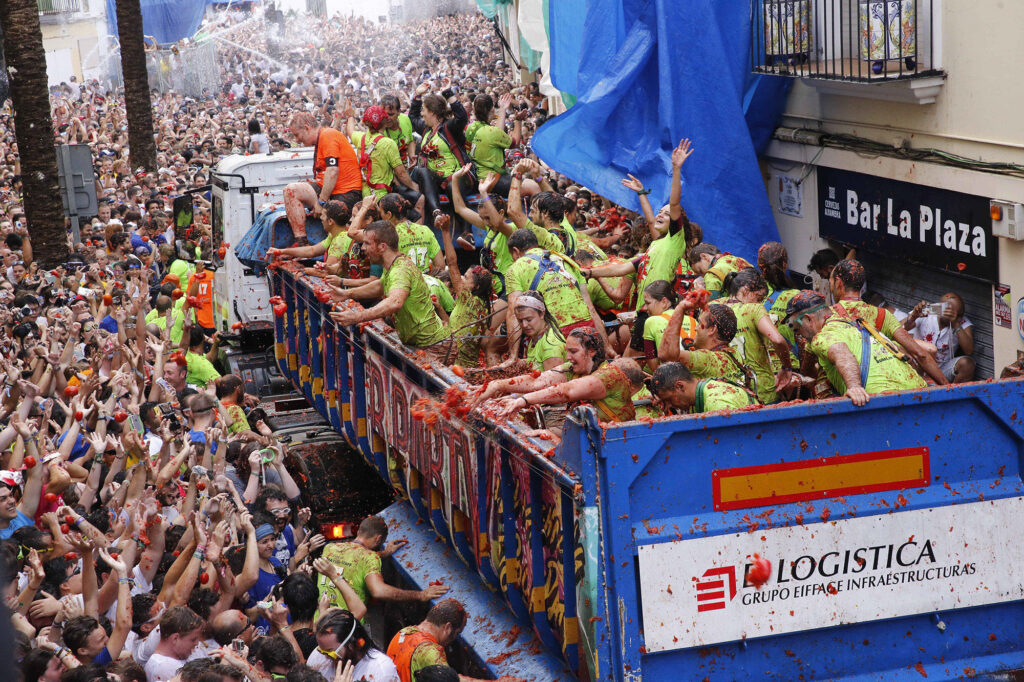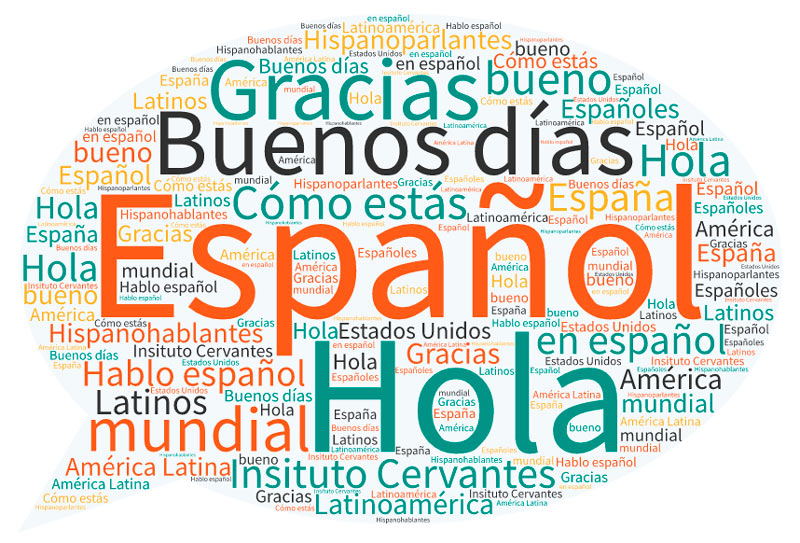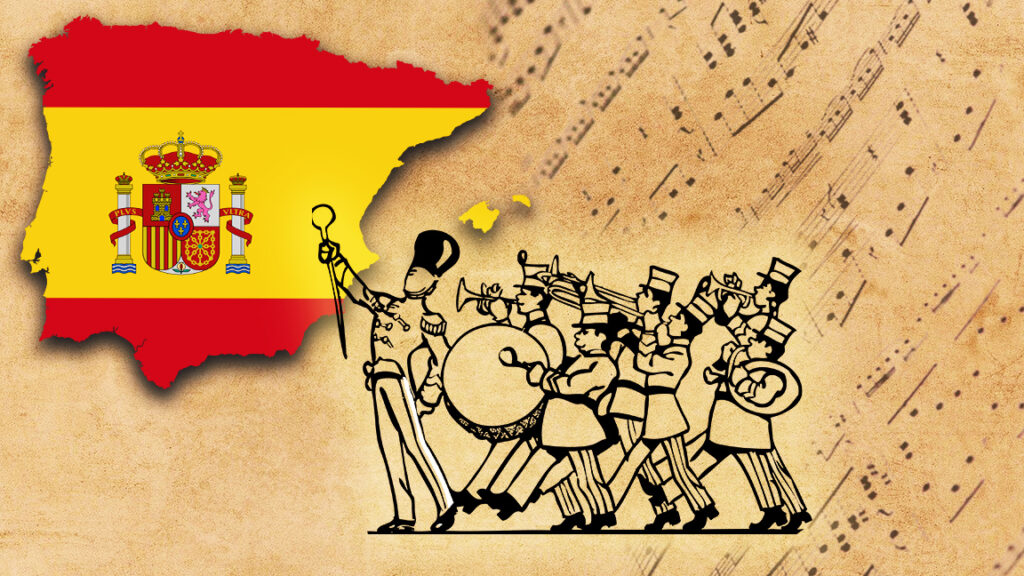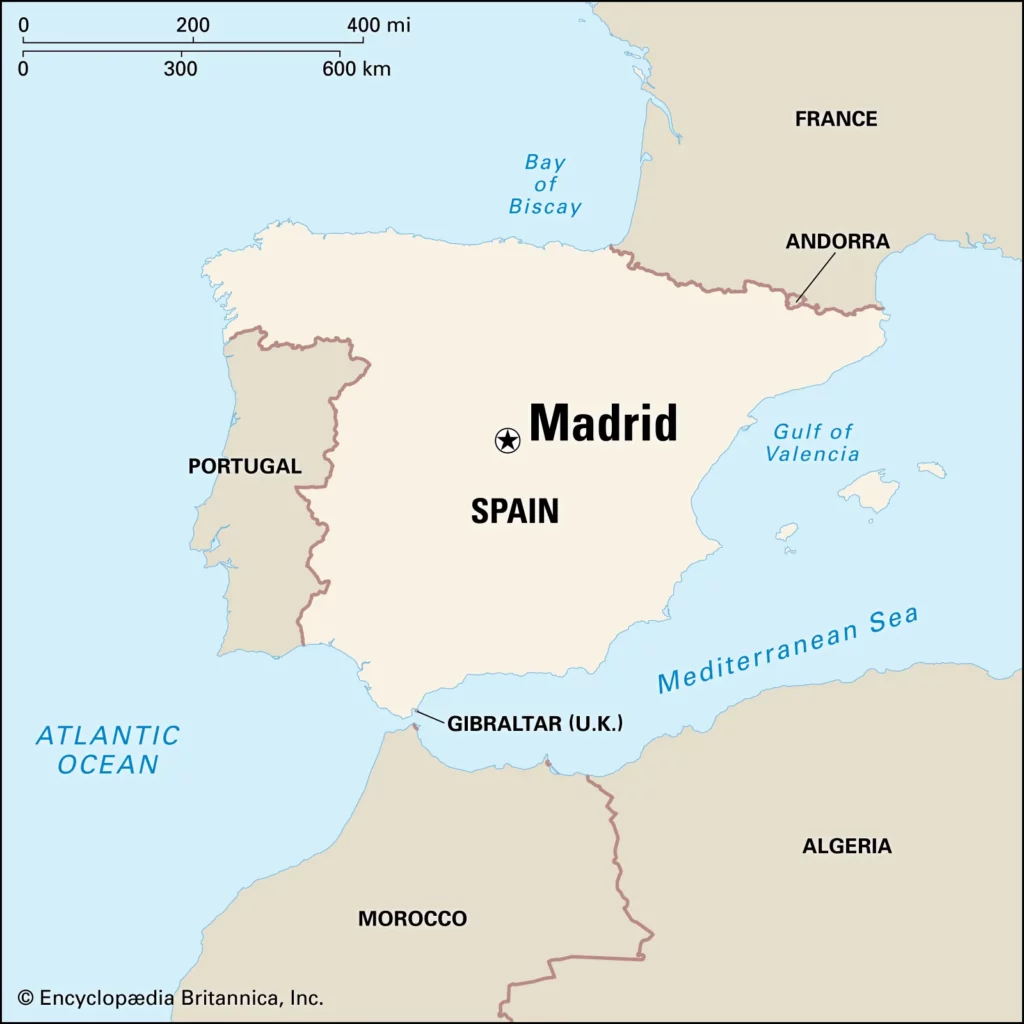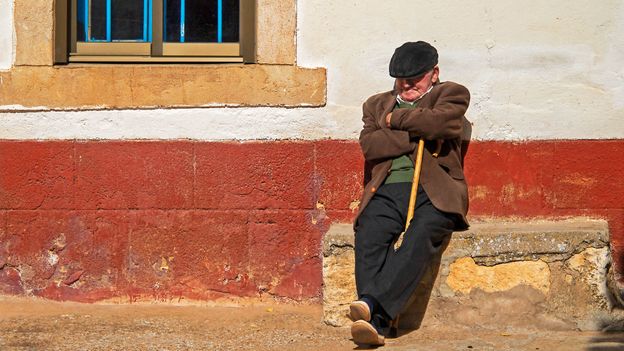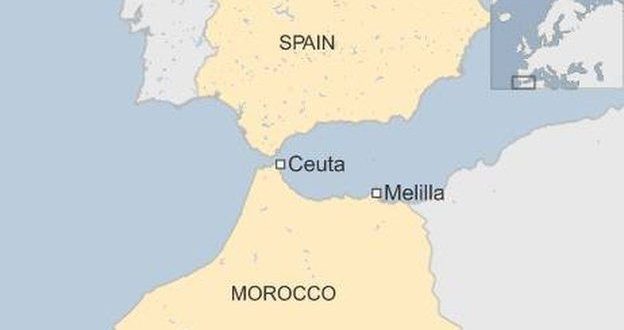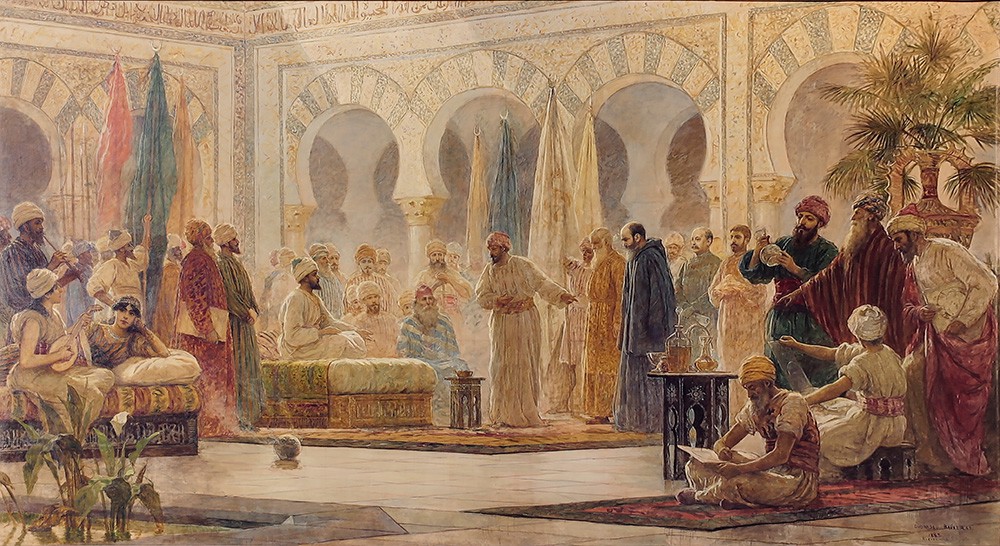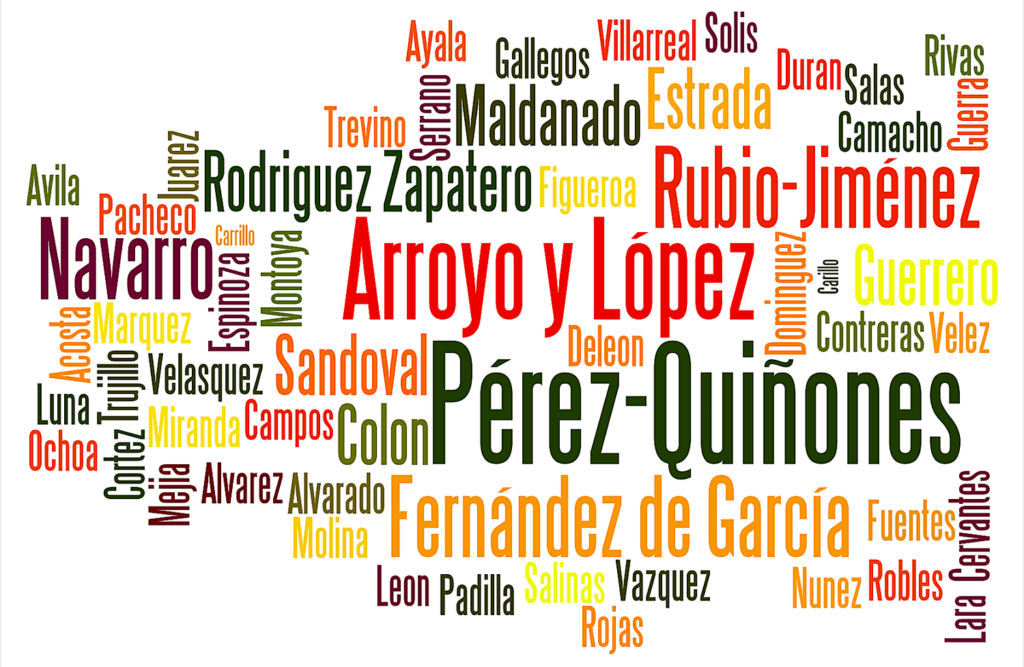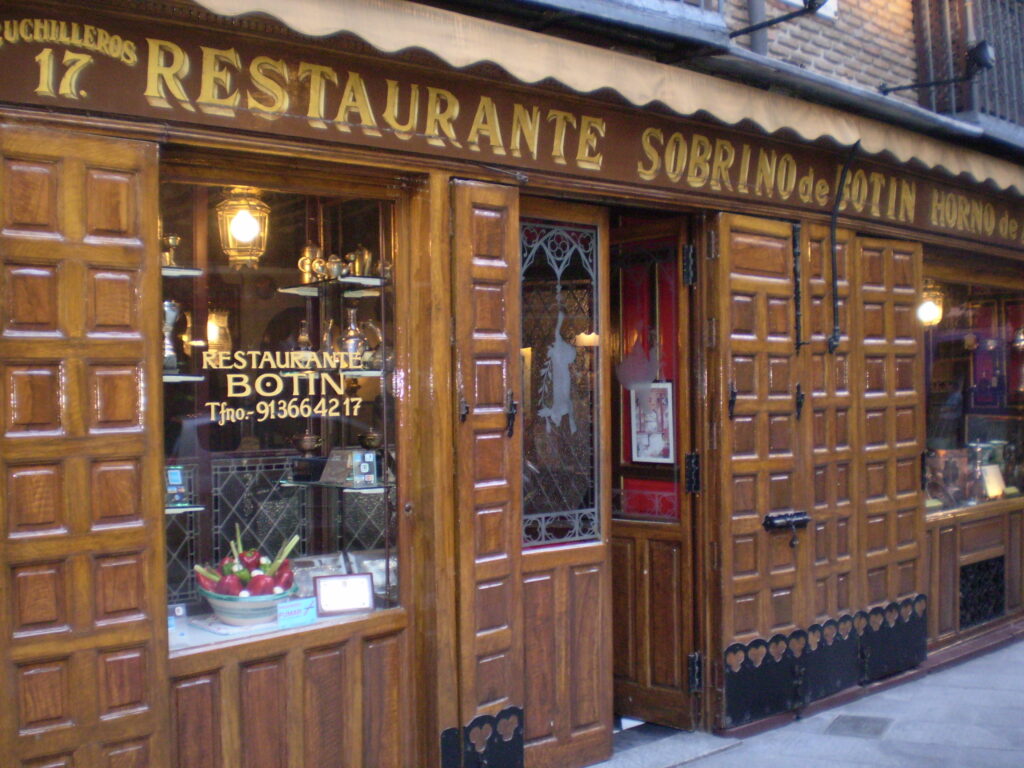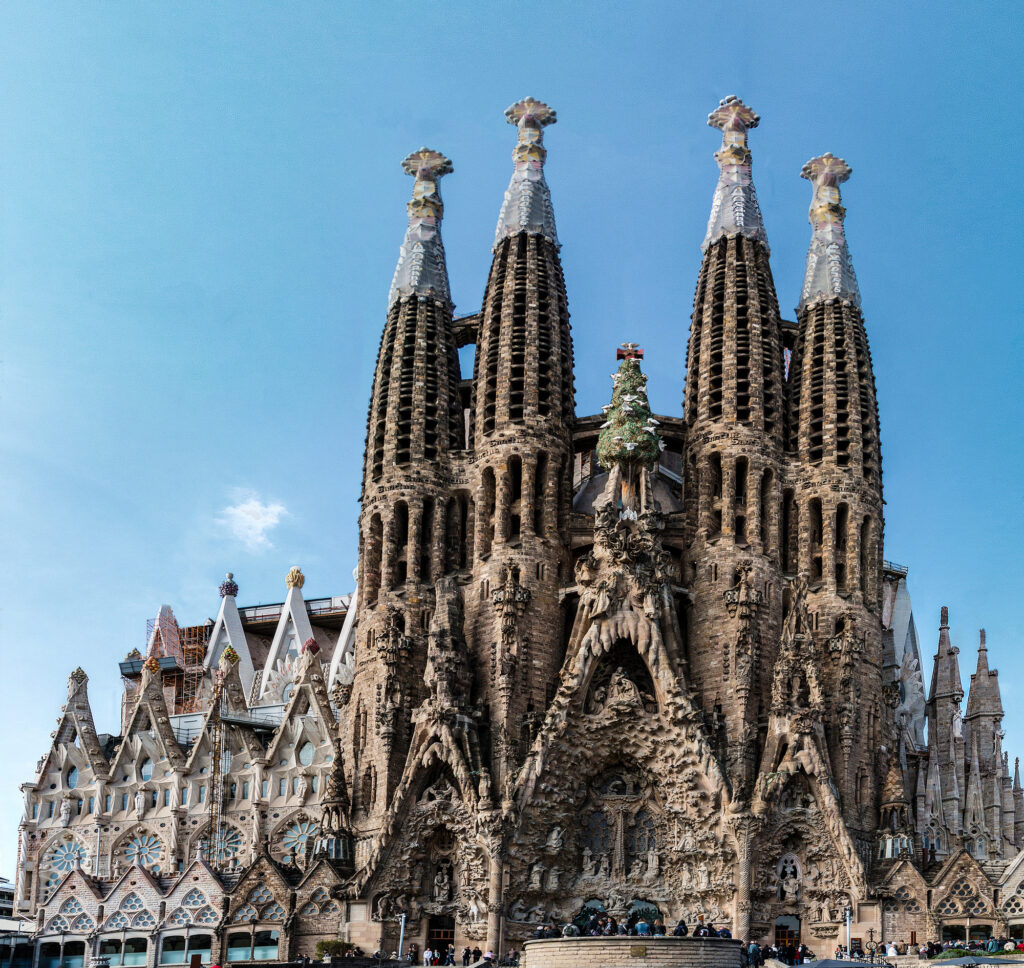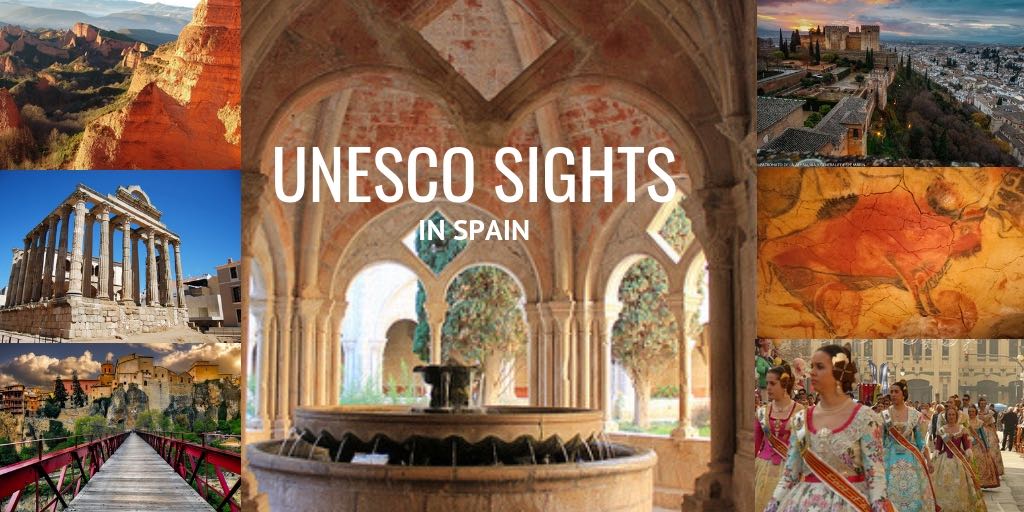Are you planning a trip to Spain and want to learn more about this fascinating country? Or are you simply curious about the land of sun, sea, and sangria? Look no further, as we’ve compiled a list of amazing facts about Spain that will leave you amazed! From world-famous festivals to unique traditions and landmarks, Spain has plenty to offer. Join us on a journey to discover the lesser-known facts and quirks that make Spain so special. Get ready to fall in love with this beautiful country all over again!
Table of Contents
The world's first "modern novel" was written by a Spanish author.
When it comes to amazing facts about Spain, this one is a bit of a debate. Many books claim to be the first novel, but most people agree that The Tale of Genji by Lady Murasaki, which was written in the 1100s, was the first one.
However, Don Quixote by Miguel de Cervantes is thought to be the first modern novel and the most essential piece of literature ever written. It is a pretty much made-up fiction story that lets the reader see the world through the eyes of its strange characters. Many say that Don Quixote is Spain’s most important gift to the rest of the world. There are even statues of the peculiar knight and his loyal servant, Sancho Panza, located at the Plaza de España in Madrid, Spain.
Nudity is okay
One of the most intriguing things about Spain is that it is pretty hot. But you probably know this, and it’s not even a particularly fascinating fact? But, because it is so hot, the country has no nudity regulations. You can go naked in any public place and not be arrested. It is, however, frowned upon, and regional laws restrict it in cities such as Barcelona, so be cautious where you choose to disrobe!
Interestingly, while nudity is legal in Spain, driving barefoot is not. If you attempt to drive barefoot or in flip flops, you may face the cold hand of the police, as these two are against the law. Well, who would have known?
Spain hosts several quirky festivals
Spain has a variety of festivals, ranging from the most well-known to the most unusual! Two of the most notable are the San Fermin in July and La Tomatina in August, which is essentially the world’s largest food war, with thousands of locals and tourists gathering to throw tomatoes at each other! The Las Fallas de Valencia is also a spectacular three-day celebration full of pyrotechnics and firework displays. On the other hand, Concurs de Castells, held in Tarragona, Spain, is less of a festival and more of a tradition. This event brings together men, women, and children of all ages to compete by building human towers!
There Is a Spanish Royal Family
If you didn’t know this interesting fact about Spain, we’d give no judgment since it is not widely known compared to the United Kingdom.
The Spanish royal family comprises the current king, King Felipe VI, Queen Letizia, their children Leonor, Princess of Asturias, and Infanta Sofia of Spain, as well as the king’s parents, King Juan Carlos I and Queen Sofia. The Spanish Royal dynasty, members of the House of Bourbon, has ruled Spain for almost 300 years. The Spanish Royal Family is linked to the British Royal Family through their father, as both Felipe VI and Queen Elizabeth II are descendants of Queen Victoria.
Spanish is one of the most widely spoken languages in the world
Spanish is a global language that is expanding at a rapid pace. In terms of the number of speakers, nations where it is an official language, and geographic reach, Spanish is among the top five languages in the world. It is a United Nations official language and a reference language in international relations.
In terms of native speakers, Spanish is the second most frequently spoken language in the world. Furthermore, it is the most widely spoken Romance language and the third most used on the internet. Its massive colonial growth brought it not just to America but also to Africa and Asia. Because of migration, the United States has the world’s second-biggest population of Spanish speakers.
Spanish anthem has no words
Most national anthems are there to be sung and half-forgotten while you hum along, pretending to know the words. Not so in Spain, where you won’t have to memorize anything save the tune to their national anthem. It was written in 1761 and is known as ‘Marcha Real.’ It is also one of the world’s oldest national anthems.
Manuel de Espinosa de Los Monteros composed ‘Marcha Real’ in 1761 as a military song for the Spanish Infantry. But in the 1770s, Charles III named it the official march of Spain, and later became the country’s national song. A variety of attempts have been made to set words to the ‘Marcha Real,’ some of which have been utilized on previous occasions. The Spanish government, however, has not officially authorized any of the suggested lyrics.

We have chocolate, thanks to the Spanish
Although Spain wasn’t technically ‘discovered’ it, they spread the goods across the world. Italian and Portuguese merchants introduced sweet oranges to Europe in the late 15th century. On the other hand, the Spaniards transported the fruit all the way to Latin America, Mexico, and Florida. Christopher Columbus is thought to have planted the first orange tree in the Americas during his second voyage in 1493.
The chocolate moved in the opposite direction. The first shipment of cocoa set sail from the port of Nueva España to the Spanish coast in 1520. Although bitter cocoa was not famous at first, it became a valuable product and a favorite snack of the nobility after the Spaniards began to sweeten it with sugar cane.
Madrid is the physical center of Spain
We continue our list with one of Spain’s most interesting geographical facts. Did you know that Madrid is Spain’s administrative and physical center? A little inlaid stone located on Puerta del Sol symbolizes kilometer 0, the location from which all distances in Spain are calculated and the country’s geographical center.
Throughout Madrid’s history, this spot has served as a hub for transit as well as intellectual and economic activity. Many important historical events took place at the Puerta del Sol, including the resistance to Napoleon and the proclamation of the Second Republic of Spain in 1931.
It was the city’s first modern portion and has evolved into a gathering spot for locals and visitors.
Spaniards live on a different rhythm
Spanish culture has an unjustified reputation for laziness. The world-famous siestas, also called afternoon naps, portray Spaniards as individuals who prefer relaxing rather than working. However, they simply have a different beat than other Europeans. Did you know that lunch is usually served between 1 and 3 p.m., and dinner is served around 10 p.m?
While lunchtime is a busy time for restaurants in the United States, it’s a slow time in Spain. It’s too early for lunch and far too late for coffee and Spanish pastries in the morning. As a matter of fact, most eateries won’t even begin prepping food for another hour and a half!
But this way of living doesn’t make people idle. It’s just that Spain has been in the wrong time zone since World War II. Even with the changing seasons, the Spanish have maintained a consistent mealtime based on the sun’s arc across the sky.
Spaniards live longer
In Spain, the average life expectancy is 83.86 years, an increase of 0.15% from the previous year. By 2040, they are expected to have the longest life expectancy, surpassing long-time leading Japan.
According to a survey, Spain is the world’s healthiest country, ranking first. Spain’s people eat a Mediterranean diet high in omega-3, lipids, and protein, which has been associated with a lower incidence of dementia, heart disease, and cancer, putting the country among the top five in terms of life expectancy.
A Mediterranean lifestyle stresses convivial mealtimes, a well-balanced diet, and walking as a form of transportation, all of which contribute to reducing pollution-related mortality. Obesity is associated with pleasant mealtimes, which are also related to good mental health. Taking the time to connect with family and friends boosts one’s mood, produces endorphins, and improves the population’s overall well-being.
Well, cuisine undoubtedly plays a role, but the combination with an everyday siesta is the key to immortality!
Spain has a tooth mouse instead of a tooth fairy.
Strange, but true. In Spain, children don’t believe in a tooth fairy but a tooth… mouse. Its name, Ratoncito Pérez, comes from the works of Luis Coloma, a novelist from the 19th century. Ratoncito Pérez first appeared in the anthology in 1877. Still, he didn’t become a part of Spanish folklore until 1894, when author Luis Coloma was commissioned to pen a tale for King Alfonso XIII, who had recently lost a tooth at the tender age of 8. According to the story, once a tooth is lost, the little Rataoncito Pérez is said to come and retrieve it from under your pillow as you sleep, leaving you a money present!
Spain has a Physical Border with An African Country
When you zoom in on a map of Morocco, you’ll find a tiny sliver of land that does not belong to Morocco at all. It is a Spanish property called Melilla, a small city in Spain. It’s also one of two Spanish enclaves in Morocco, forming Europe’s sole land border with Africa.
Melilla has the same language, gastronomy, architecture, and money as the rest of Spain. You might as well be in continental Europe. Only after you walk to the outskirts of town do you realize you’re on a different continent. There, you will see one of the world’s most defended barriers to avoid illegal immigration and smuggling.
Spain Was the World's First Global Empire
The idea that Spain was once the world’s most powerful nation is certainly noteworthy. Over 300 years, Spain conquered the Philippines and most of North, Central, and South America, surpassing the Portuguese trading empire in both scale and influence. They acquired a great deal of wealth and left behind a significant cultural legacy, as well as a sizable number of native Spanish speakers.
The Spanish Empire left a substantial urban, architectural, and cultural heritage in the Western Hemisphere. Hundreds of cities and towns were established in the Spanish colonial era in the Americas. Universities, forts, cities, cathedrals, schools, hospitals, missions, government buildings, and colonial mansions are all part of the visible legacy. Spanish engineers laid the groundwork for several major infrastructure features used today, including highways, canals, ports, and bridges. The cultural and linguistic legacy of the Spanish Empire is extensive as well.
Spain Was Under Muslim Control for Five Centuries
Way before Spain became a Global empire, Spain was the only country in western Europe dominated by Muslims. This kept it separate from the rest of Europe. Still, Spain was the richest during the Umayyad dynasty, and Muslim cities like Grenada and Cordoba were much more advanced in science, medicine, and the arts than their Christian counterparts.
People often talk about the Muslim period in Spain as a “golden age” of learning, when libraries, colleges, and public baths were built, and literature, poetry, and architecture thrived. Both Muslims and non-Muslims made essential contributions to this cultural growth. Cordoba, the capital of Umayyad, Spain, in the 10th century, was the wealthiest and most advanced city in both the East and the West. There were 500,000 people living in 113,000 houses. The city and its twenty-one suburbs had 700 mosques and 300 public baths. They were paved and lit up. There were bookstores and more than seventy libraries.
In 1492, the Muslims finally lost all power in Spain. By 1502, Christian rulers had issued an order ordering all Muslims to convert to Christianity, and when that failed, they imposed brutal regulations on the remaining Spanish Muslims.
Second biggest tourism industry in the world
Spain, which takes up the majority of the Iberian Peninsula, is the continent’s second most popular tourist destination. In 2019, Spain welcomed an estimated 82.7 million visitors, an increase of one million from the previous year.
Numerous festivals in Spain attract visitors from all over the world, and the country’s attractions are popular tourist destinations. Some of the many attractions in Spain include its rich biodiversity, surprising climates, wild fauna, adventure, and sports opportunities, and an endless number of protected natural spaces. The Burgos Cathedral is an excellent example of Gothic architecture anywhere around the globe, while the incomplete Sagrada Familia in Barcelona draws millions of visitors every year.
Double surnames
Everyone is probably aware that names in Spanish culture are long and frequently repeat themselves. This is because Spaniards are usually given two surnames, the father and the mother. In most cases, you will only use one surname when addressing someone in everyday situations.
Surnames in Spain are frequently astonishingly long. This is because a kid is given both parents’ surnames at birth. The first surname is the father’s, while the second is the mother’s. In general, children will never have the same surname as their parents.
Also, in Spain, your surname does not change when you marry, as it can in the United Kingdom and the Netherlands. But if a Spanish girl marries someone from the United Kingdom or the Netherlands, she can also assume her husband’s name.
But just how it is. They believe that using two surnames honors a person’s mother as well as the father through the usage of surnames alone. It is also a more specific and accurate identifier than using one surname instead of two.
Celebrating New Year's Eve means eating grapes
The Twelve Grapes is a Spanish tradition in which a grape is eaten with each twelve-clock bell that strikes midnight on December 31 to greet the New Year. It’s trickier than it looks, but the Spaniards say that you’ll have a lucky year if you manage it. Each grape and clock bell strike indicates one of the twelve months ahead.
This custom dates back to at least 1895, although it became popular among the general public around 1909. In December of that year, certain Alicantese vine growers popularized this practice in order to sell a large number of grapes from a good crop. Eating the Twelve Grapes, according to custom, brings a year of good fortune and riches. This technique was once thought to fend off witches and evil in general, but it is now primarily done as a tradition to rejoice and greet the New Year.
The Twelve Grapes have also been adopted in regions with a strong cultural connection to Spain and Latin America, as well as Hispanic communities in countries such as the United States. The Philippines has also adopted the custom, sometimes replacing the grapes with other fruits such as oranges or watermelon. This custom is part of the Hispanic Christmas celebrations.
Home to the world's oldest restaurant
According to the Guinness Book of Records, Casa Botin, founded in 1725, is the world’s oldest restaurant and a benchmark of Madrid’s best traditional food.
Forbes magazine ranked the House third among the world’s top ten classic restaurants, citing its two specialties, suckling pig and lamb grilled in the Castilian style. Shipments of the most fabulous Segovia suckling pigs and lambs arrive at the restaurant three to four times per week from the magical triangle for this meat.
The lambs and suckling pigs are slowly browned in the antique oven, fueled with holm oak wood, and breathe slowly and solemnly. This firewood and its embers, strategically positioned to the left of the stove, evenly disperse the flavors of salt, pepper, water, lard, white wine, bay leaf, onion, and garlic throughout all the suckling pig and roast meat. The restaurant is also mentioned in Ernest Hemingway’s novel The Sun Also Rises.
La Sagrada Familia is still not finished
Rome was not constructed in a day, and neither was La Sagrada Familia in Barcelona. Sagrada Familia is the world’s largest unfinished Roman Catholic church. This landmark Barcelona building is a UNESCO World Heritage Site and one of Spain’s most popular tourist attractions. Its construction began in 1882 and has remained unfinished for more than 140 years. Even though the project’s principal architect, Antoni Gaudi, committed his entire life to it, less than a fifth of the basilica was completed by the time he died.
Visiting the beautiful Sagrada Familia nowadays also means seeing a massive red crane and the project’s gradual progress toward completion. The Sagrada Familia is currently scheduled to be finished in 2026, the centennial of Gaudi’s death. When the spires are finished, Sagrada Familia will be the highest cathedral in the world.
Spain is UNESCO's fourth largest heritage country
Spain is a beautiful country with so much to experience, from its stunning beaches to architectural wonders and must-see cultural traditions. What many visitors may not realize is that Spain has the fourth-most UNESCO World Heritage Sites in the world, with a total of 49 sites.
World Heritage Sites are sites on Earth with great global worth to humanity. Any potential UNESCO World Heritage Site must meet at least one of ten criteria in order to be designated as a World Heritage Site. These cultural and ecological assets are being preserved so that future generations can enjoy and appreciate them for many years.
Although this lovely destination offers 49 UNESCO sites, some of the most popular are Altamira Caves, Alhambra, Teide National Park, the Historic Center of Toledo, and the Camino de Santiago.


